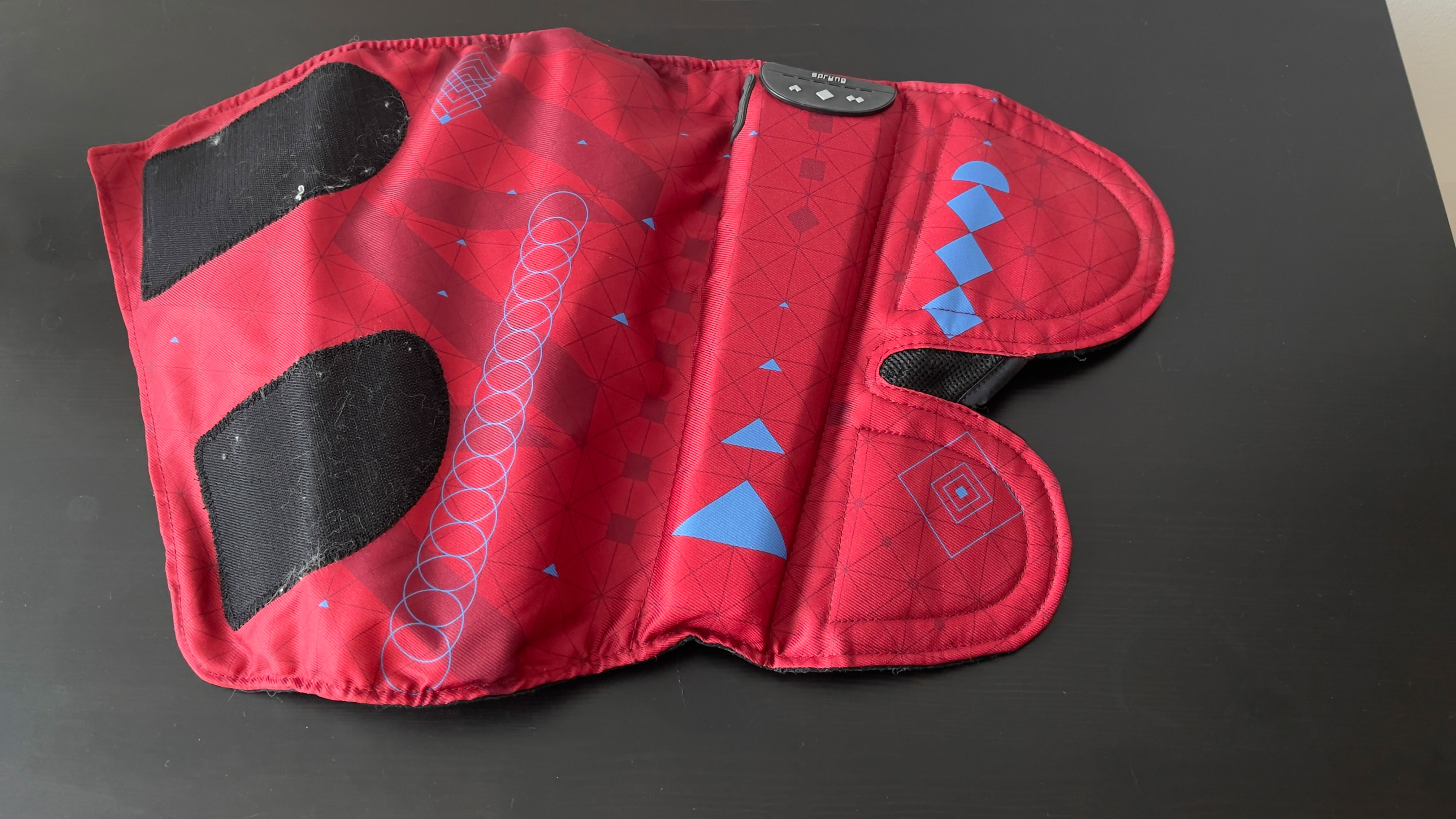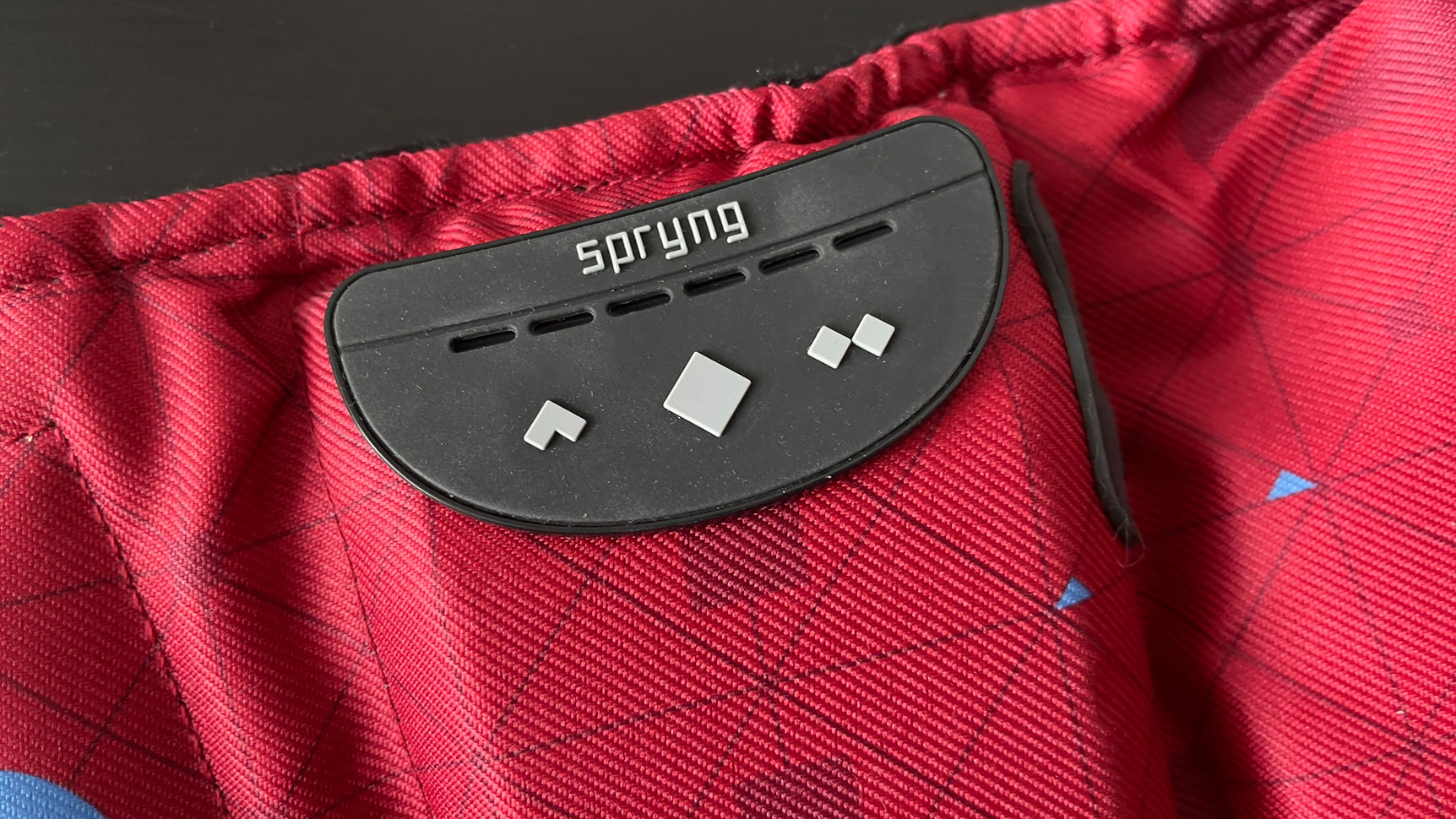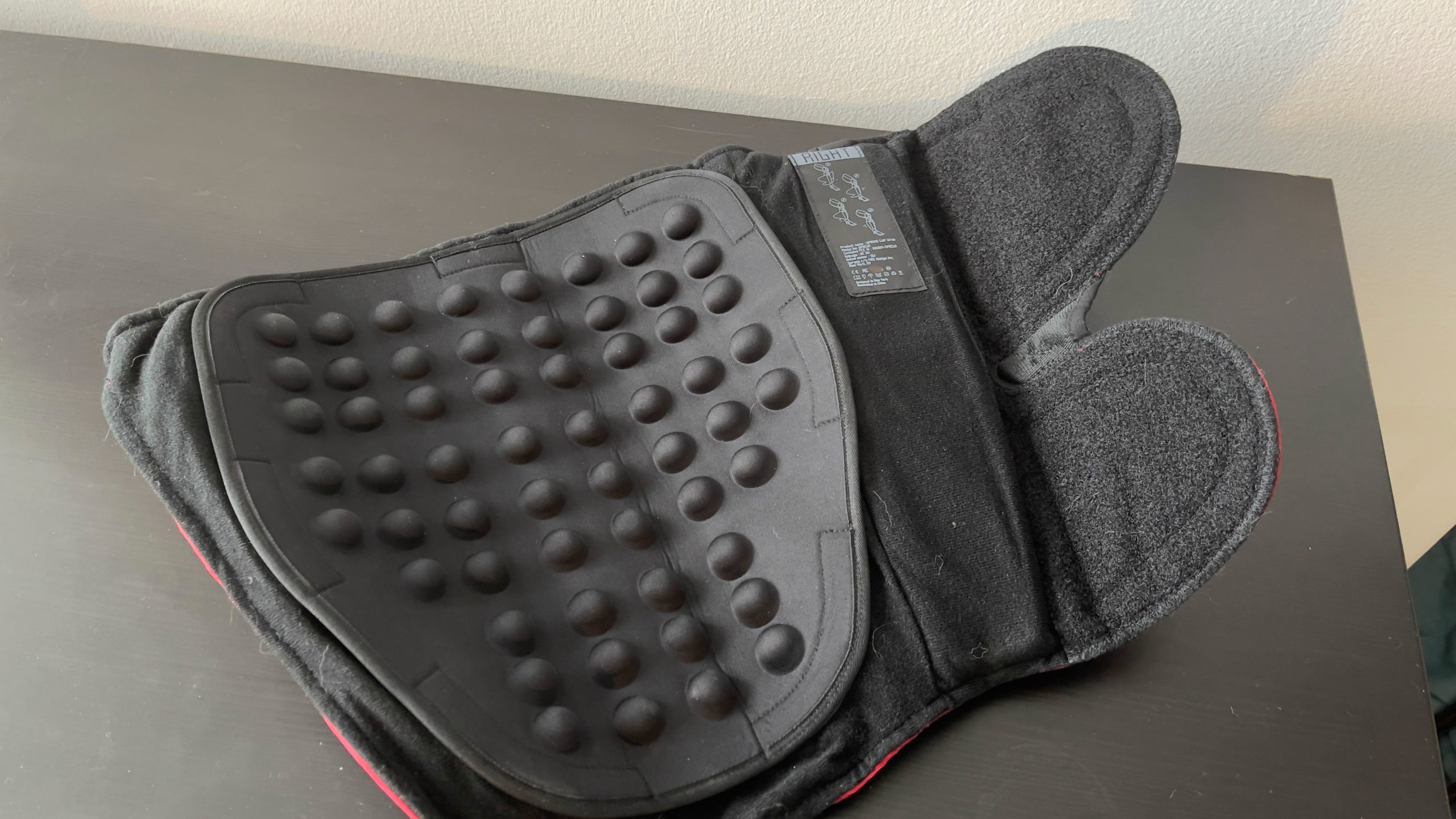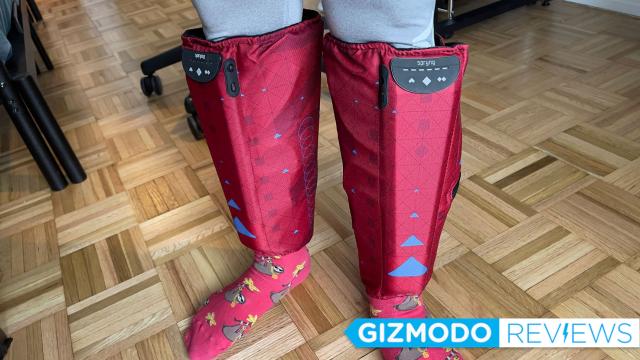I will do or try almost anything to get rid of delayed onset muscle soreness (DOMS). I’ve had my legs demolished with deep tissue massages that left me crying for mercy. I’ve foam-rolled and used ice packs. I’ve tried magnesium supplements and antioxidant-rich foods. I’ve worn compression gear and KT tape. So I figured I had nothing to lose by trying Spryng, a pair of wireless pneumatic calf sleeves that claims to relieve achy and tired muscles via active compression.
Spryng’s concept isn’t based on the total woo-woo bullshit that you sometimes see in the fitness recovery space. The idea is that by compressing your calves in these pneumatic sleeves, you can improve circulation and thereby reduce the swelling and promote healing. It’s similar to the thought process behind active recovery. Instead of just lying around, light exercise is thought to help your muscles recover faster by keeping the blood flowing. Why the calves? Your calves are often referred to as the“second heart” as they’re responsible for pumping blood back up to your heart from your legs. But you have to get up and walk to accomplish that. If you sit or stand for too long, the blood will pool in your legs because your calves aren’t doing much pumping, which can lead to poor circulation.

Spryng
What is it?
Pneumatic and wireless compression calf sleeves
Price
$US250 ($321); $US30 ($38) for the Knuckles attachment
Like
Wireless so no tripping! Controls are very easy to learn and use.
No Like
Too gentle for my preference; won't really help if you have a severe case of muscle soreness
Editor’s Note: Stay tuned for local Australian pricing and availability.
As a runner with a sedentary day job, sore calves are inevitable. The first day I unboxed the Spryng, I actually had a case of tight calves from increasing my weekly mileage too quickly. The sleeves are one-size-fits-all, and there’s a flat side that’s centered over your shin bone which contains the control panel. On the inside, you can either opt for a smooth surface, or if you shell out a bit extra, a bumpy “knuckle” attachment for a “higher level of compression.” It takes me a bit to wrap these sleeves on securely, mainly because I have very beefy lady calves, but it’s not rocket science.
The controls are also easy to use. There are only three buttons: the left button toggles between two compression patterns indicated by blue or green LED lights, the centre button turns the Spryng on or off, and the right button helps you control the intensity level. To the right side of the panel, you can also find a micro-USB charging port. Charging takes about two hours, but I found you can get several 15-minute sessions out of a single charge. Depending on how frequently you use these, you could go a few weeks before having to plug in.
While the Spryng is simple to use, I confess I feel silly whenever I wear them. Frankly, they look like a pair of medieval greaves that were updated for the sci-fi age. My husband says I look like I have Optimus Prime legs and that I could “turn into a truck at any moment.” My coworkers say it looks more Iron Man-like. That’s probably because I have the red version (it also comes in more subtle colours), but seeing as I’ll never wear these outside the house, the aesthetics aren’t super important.

I was expecting the Spryng to be a little more complicated for a “smart” wireless device, so I was pleasantly surprised to discover there’s no companion app. The controls are easy enough to remember, and honestly, I’m grateful to have one less app cluttering up my phone. Another neat feature is that whatever pattern and intensity you choose on one sleeve, it’s automatically mirrored to the other. Also, because they’re wireless, I can easily walk around my apartment during a session. That came in handy a few times when my cat decided it was time for mischief, or I had to answer the door.
I was pretty impressed with the Spryng sleeves. And then I started them up.
Initially, I started with the lowest intensity setting. After all, who hasn’t accidentally gone in guns blazing at the highest setting and lived to regret it? On the lowest setting, it felt like a weak child was gently squeezing my calves. I felt nothing, so I moved up to the medium setting. I felt a bit more, but eh, a tennis ball could’ve worked out my knots better. It wasn’t until the highest setting that I really felt some real compressing going on — and even then it didn’t feel like it was doing anything for my sore calves. It’s at this point that I broke out the Knuckle attachment, which is supposed to “wake up” your muscle with “increased force.” The Spryng website warns the Knuckles — which are really just raised bumps — could leave marks on your skin, so I was mentally bracing for something really intense.
It was meh.
The Knuckles were better than Spryng’s default liner, but I was sorely disappointed that after about an hour of use (each session is about 15 minutes), I didn’t feel much relief. Often when I go hard on a tight muscle with a foam roller, I definitely notice some improvement the next day. With Spryng, I didn’t have such luck.

Over the past few weeks, I’ve experimented with both compression patterns, at varying intensity levels, with and without the Knuckles. In general, I found Spryng didn’t really help for moderate to severe muscle soreness. It definitely didn’t do much to speed up my recovery from a case of shin splints earlier this year. And if, like me, you prefer more intense massage or compression, this probably won’t do it for you.
I found it more useful when I was only mildly sore or for random days when I sat at my desk too long. Whether that’s because they’re effective, or a placebo, I can’t really say. In any case, Spryng is probably best for people who suffer from poor circulation, swollen legs, or milder forms of leg soreness. If you’re active and looking for a way to cut DOMS recovery time, this isn’t going to do much.
But for $US250 ($321) (plus an extra $US30 ($38) if you want the Knuckles), that’s a big investment for a preventive device when you can find foam rollers for much, much cheaper. As far as pneumatic compression devices go, Spryng isn’t ridiculously priced. Some similar “air massagers” for calves are in the $250-380 range.
Meanwhile, pneumatic pumps for compression therapy may cost anywhere between $1,000 and $6,000. Whether Spryng is worth it will depend on the type of leg soreness you have, and if it’s for a medical condition, you should probably check in with your doctor before forking over your moolah. As for me? I like to strap them on once in a while to feel fancy, but for really sore muscles, I’ll stick to my foam roller.
